Top Photography Spots on the Chisapani-Nagarkot Trek: Guide to the Best Sport for Your Photography
Have you ever taken a trek hoping to snap postcard-perfect photos, only to realize later that you missed the best moments and angles? It happens more often than you think, especially on scenic trails like the Chisapani-Nagarkot route.
This trek has everything—a blend of wild forests, traditional villages, and sunrise views over snow-capped mountains. But if you don’t know when to take your camera out or where to stop, you could walk right past the magic.
That’s why we are here. We’ll walk through the top photography spots on the Chisapani-Nagarkot Trek and help you bring home not just memories, but breathtaking shots worth framing.
What Makes the Chisapani-Nagarkot Trek a Photographer’s Dream?
The Chisapani-Nagarkot Trek is like stepping into a moving postcard. You begin just outside of Kathmandu, but within a few hours, you’re surrounded by pine forests, whispering streams, and mountain views that stretch for miles.
It’s one of the best photography treks in Nepal not just because of the views, but because it’s short, accessible, and offers incredible diversity.You can go from snapping foggy forest trails to wide-open vistas with the Himalayas as your backdrop, all within a single day.
The scenery changes fast and dramatically, giving you multiple styles of photography opportunities—nature, culture, landscape, and even street-style shots in small villages. That’s what makes it such a satisfying experience for anyone with a camera in hand.
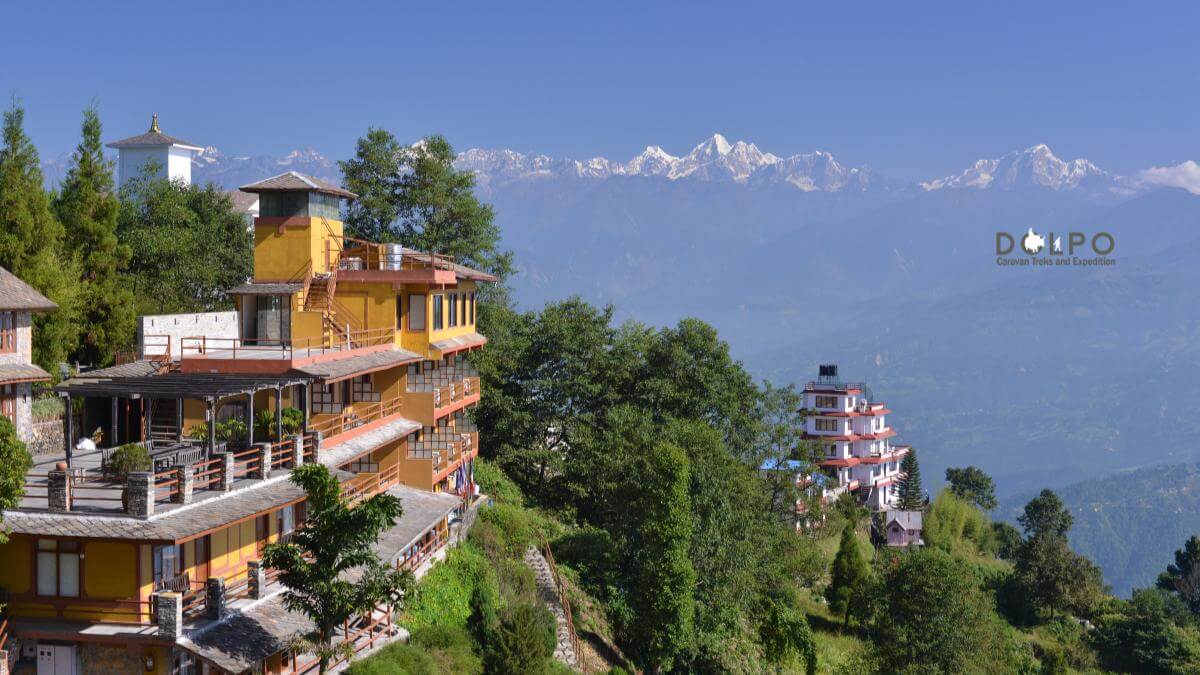
Featured Trips: Short Chisapani Nagarkot Trek - 3 Days
What is the Best Time for the Chisapani-Nagarkot Hike for Photography?
Timing is everything, especially for photography. The best time for Chisapani-Nagarkot hike photography is during autumn (September to November) and spring (March to May). During these months, you get crisp mountain views, bright blue skies, and colorful vegetation.
In autumn, the visibility is excellent, and the post-monsoon greenery adds freshness to every frame. Spring, on the other hand, blesses you with blooming rhododendrons and pleasant weather.
Winter (December to February) also offers clear skies but comes with frosty mornings. If you love dramatic lighting and snow-covered trails, it might be your ideal time. Avoid the monsoon season, though. The skies are mostly cloudy, and the trails can get muddy—not exactly ideal for photography.
Where are the Top Photography Spots Between Sundarijal and Chisapani?
Your journey starts from Sundarijal, a lush area with waterfalls, forest canopies, and rushing streams. Right from the get-go, you’ll want to keep your camera ready. Some of the best nature photography opportunities are here.
As you ascend through the Shivapuri National Park, the forest becomes denser and occasionally opens up to let sunlight in—perfect for misty light rays. Wildlife sightings are rare, but the forest trail itself, with its mossy stones and thick roots, offers a mystical vibe.
Before you reach Chisapani, make a quick stop at Mulkharka village. Traditional Tamang homes, terraced farms, and cheerful locals provide some of the best cultural photography Nepal has to offer.
Recommended Read: Best Spiritual Experiences in Kathmandu Valley: A Spiritual Journey
What Makes Chisapani the Perfect Sunrise Photography Stop?
Chisapani is where the horizon really starts to open up. It offers one of the best panoramic mountain views on the trail. On a clear morning, you can capture the Langtang range, Ganesh Himal, and sometimes even glimpses of the Everest range far in the distance.
Get up early, set up your tripod before the sun rises, and prepare to shoot. The orange and pink tones of dawn illuminating snow-capped peaks create that iconic Himalayan shot every trekker dreams of.
There’s a small hill just above Chisapani village that offers a 360-degree view. It’s a great place for both wide-angle shots and close-ups with a zoom lens. Don’t forget to turn around—sometimes the most underrated photos are not of the mountains, but the village slowly waking up under the morning light.
How Can You Capture the Best Cultural Shots on the Trail?
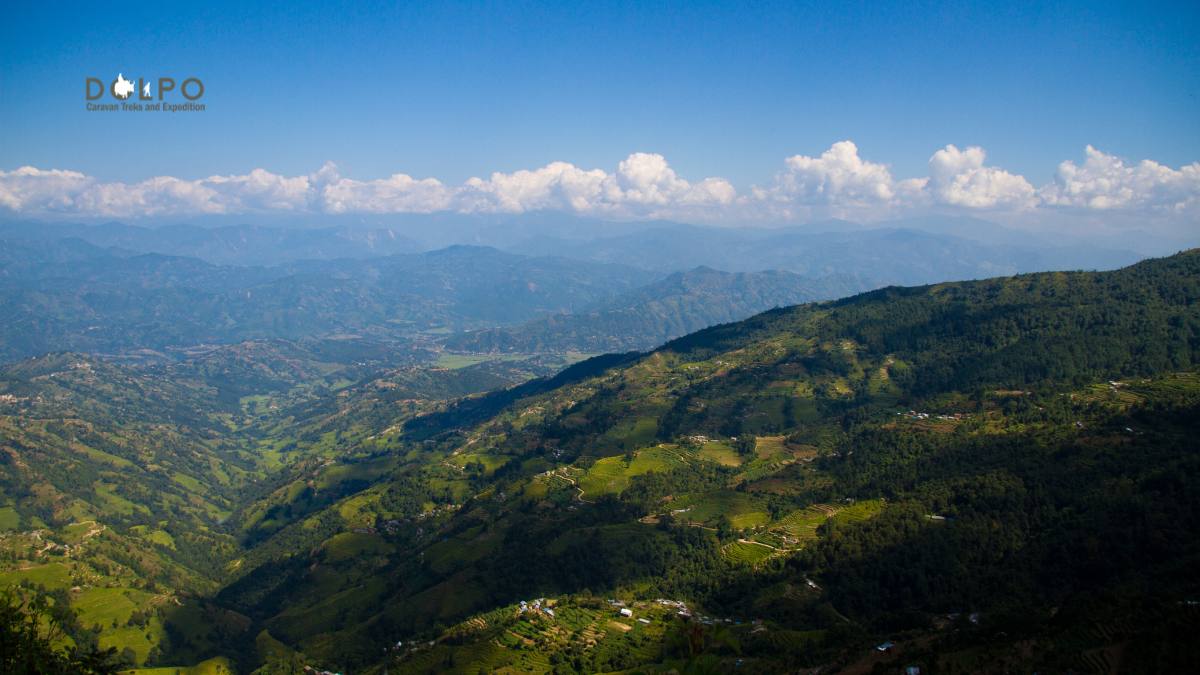
One of the best parts about trekking in Nepal is getting to see local life up close. Along the Chisapani-Nagarkot Trek, you pass through several villages that are still rooted in tradition.
Photograph children walking to school in uniform, elders sitting outside their homes spinning prayer wheels, or farmers tending to their fields with old-school tools. Be respectful, though. Always ask before taking someone’s photo.
These moments might seem simple, but they tell powerful stories. Use natural light and try candid angles. This is cultural photography at its best.
Also, if you are interested on cultural trek, then read our blog "The Cultural Experience of the Snow Leopard Trek".
What Are the Best Features of the Chisapani-Nagarkot Hike for Photographers?
If you're wondering why this hike stands out, here are some best features of the Chisapani-Nagarkot Hike specifically for photographers:
- Diverse terrain: From forests to fields, every section looks different.
- Golden hour views: Both Chisapani and Nagarkot offer excellent sunrise and sunset.
- Short duration: You don’t need weeks to get great shots.
- Low foot traffic: Unlike Everest or Annapurna, you won’t be jostling with crowds.
- Photogenic villages: Authentic Tamang culture free from touristy filters.
Each of these features makes this trek rewarding, whether you're using a DSLR or just your phone.
Where to Stop for Golden Hour Photos Before Reaching Nagarkot?
Between Chisapani and Nagarkot, there are multiple ridges that open up to wide Himalayan views. These spots are bathed in warm golden hues in the late afternoon, just before sunset.
Some local teahouses are located at perfect vantage points. Take your tea break there and set up your camera as the light softens.
Look for pine-lined clearings or ridgelines where you can capture both the mountain horizon and the winding trail behind you. This adds depth to your photos and frames the journey visually.
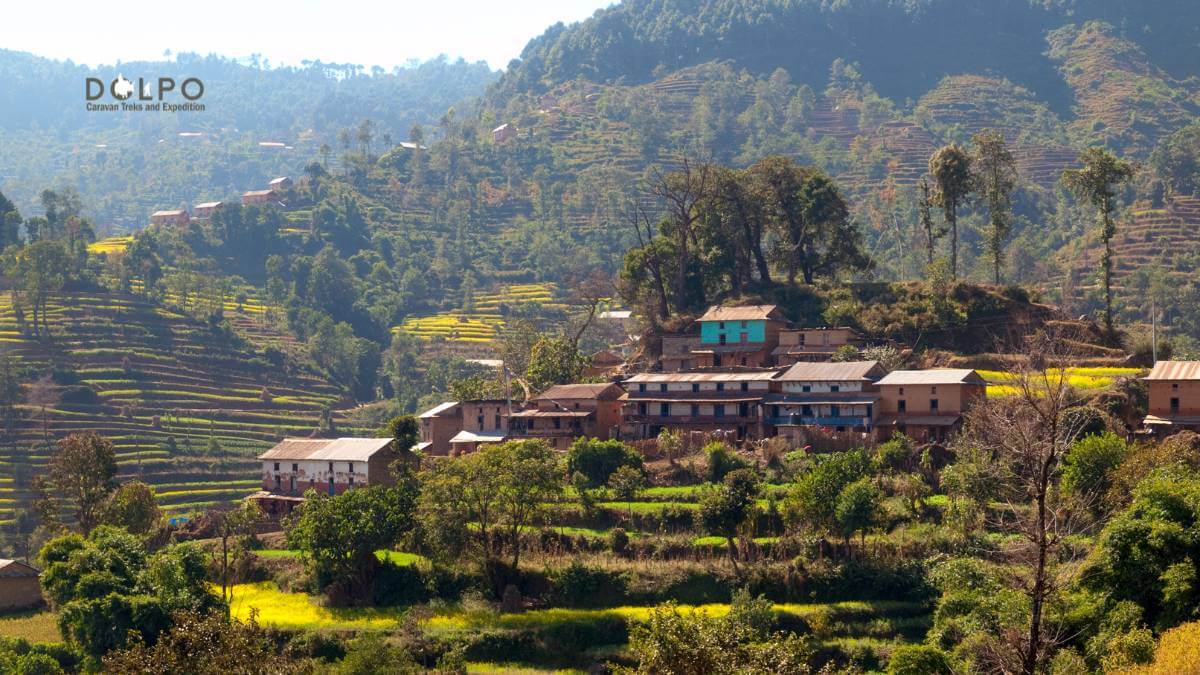
How to Photograph the Sunrise View from Nagarkot Like a Pro?
Nagarkot is the crown jewel of this trek when it comes to sunrise shots. On a good day, you can spot over 8 Himalayan ranges from here.
Get to the Nagarkot view tower early—it gets crowded. Use a wide-angle lens for a dramatic landscape, or zoom in to highlight one mountain range. Clouds often hover below the hills, creating a dreamy floating effect.
For better results:
- Use a tripod.
- Set a small aperture (f/8 to f/11) for sharper depth.
- Shoot in RAW format to edit later.
It’s not just the mountains, though. Look behind you as well—the light hits the trees and farms beautifully.
What Are the Highlights of the Chisapani-Nagarkot Trek for Photography Lovers?
Now let’s summarize the Chisapani Nagarkot Trek highlights from a photography point of view:
- Sundarijal waterfalls: Perfect for slow-shutter shots
- Shivapuri forest trails: Mist, shadows, and fairy-tale vibes
- Mulkharka village: Culture-rich scenes
- Chisapani sunrise: Layers of mountain ranges
- Ridges near Nagarkot: Golden hour landscapes
- Nagarkot sunrise: Wide-angle Himalayan glory
Every step offers something unique. Whether you're into landscape, people, or travel storytelling, this trek gives you enough material to fill an entire album.
What’s the Detailed Itinerary to Capture the Best Shots Day-by-Day?
Day 1: Kathmandu to Sundarijal to Chisapani
- Early start for morning light in Sundarijal
- Waterfalls and forest photography mid-day
- Golden hour shots near Chisapani village
Day 2: Chisapani to Nagarkot
- Sunrise at Chisapani viewpoint
- Trail shots and candid portraits through villages
- Late afternoon golden hour photography before reaching Nagarkot
Day 3: Nagarkot to Kathmandu
- Pre-dawn arrival at Nagarkot View Tower
- Sunrise Himalayas session
- Return with cloud and sky photography along the way
Also Explore our Short Treks:
Conclusion: Every Photography Enthusiast
If you're someone who loves capturing beauty through a lens, the Chisapani-Nagarkot Trek is an underrated gem. In just a few days, you'll experience multiple landscapes, meet inspiring locals, and catch golden sunrises that you’ll remember for a lifetime.
The photography spots on the Chisapani-Nagarkot Trek aren’t just scenic—they’re soulful. So charge your batteries, pack your gear, and let your lens tell the story that words can't.
Let Your Lens Lead the Way. Ready to experience these magical views for yourself? Join Dolpo Caravan Trekking and explore the most picture-perfect trail near Kathmandu. Book now and let your camera do the talking!
FAQs
What are the best photography spots on the Chisapani-Nagarkot Trek?
Some of the top photography spots on the Chisapani-Nagarkot Trek include the Chisapani viewpoint, known for its panoramic Himalayan backdrop at sunrise; Jhule, a peaceful hillside area with sweeping valley views; and the iconic Nagarkot Tower, which offers unobstructed scenes of snow-capped peaks. Along the way, the forest trails between Sundarijal and Nagarkot provide a mix of misty woods, hidden waterfalls, and charming villages—perfect for candid shots of nature and local life. These spots are ideal for landscape, portrait, and nature photography throughout the journey.
Is the Chisapani-Nagarkot Trek suitable for beginner photographers
Absolutely. This trek is one of the most beginner-friendly options around Kathmandu, both for hikers and photographers. The trail isn't too long or too steep, which means you can actually stop, take your time, and set up your shots without feeling rushed or exhausted. You'll pass through open ridgelines, misty forests, and charming hillside villages—all photogenic and easy to access. You don’t need to be a pro or carry heavy gear to come back with a memory card full of stunning shots. Even if you're just starting out, this route gives you plenty to work with.
What is the best time for the Chisapani-Nagarkot hike for photography?
From experience, spring (March to May) and autumn (October to November) are the golden windows. During these months, the skies are usually crystal clear, and you get the kind of lighting that brings your photos to life—especially at sunrise and sunset. Spring gives you blooming rhododendrons and lush greenery, while autumn offers crisp air and warm-toned landscapes. Plus, the mountains—Langtang, Ganesh Himal, and on lucky days, even Everest—stand out sharp and vivid. Avoid the monsoon unless you’re into moody skies and wet gear.
Do I need special gear for photography on this trek?
You don’t need to go all-out with gear, but a few essentials can make a big difference. I usually carry a DSLR with a wide-angle lens for the landscapes, and a lightweight tripod for those early morning and evening shots when the light is low. A polarizer helps cut glare and makes the skies pop. But honestly, I’ve seen people shoot amazing stuff on their phones. If you’ve got a newer model with a decent camera, you're already halfway there. Just make sure whatever you bring is light—you’ll thank yourself on the uphill sections.
Can I take a photo of Mount Everest from Nagarkot?
Yes, you can see and photograph Mount Everest from Nagarkot—but here’s the real deal: it’s not a close-up. On a really clear day, usually after rain or during the crisp autumn mornings, Everest shows up faintly on the eastern horizon. You’ll need a zoom lens or a good phone camera with decent zoom to capture it properly. But even if Everest isn’t visible, the view is still jaw-dropping—you get a whole sweep of Himalayan giants like Langtang, Ganesh Himal, Manaslu, and more. For the best chance, get up early and head to the tower or a rooftop before sunrise. When the light hits those peaks, you’ll be glad you made the effort.
Are sunrise and sunset shots possible on the trek?
Absolutely. Nagarkot is famous for its dramatic sunrises and sunsets, with the changing colors washing over the Himalayan range. Several designated viewpoints and hotel rooftops offer panoramic frames, especially around Nagarkot Tower. Chisapani also offers great sunrise views in a more peaceful, less crowded setting. Bring a tripod and set up early to catch the golden hour and soft hues that make for breathtaking images.
Are there cultural photography opportunities on this trek?
Yes, the trek offers rich cultural moments to photograph. You’ll walk through traditional Tamang and Newar villages, where you can capture daily life, rustic homes, and local artisans. There are also Buddhist chortens, prayer flags, and terraced fields that reflect the unique lifestyle and spiritual landscape of the region. Always be respectful—ask permission before taking close-up portraits, and try to tell a story through your lens.

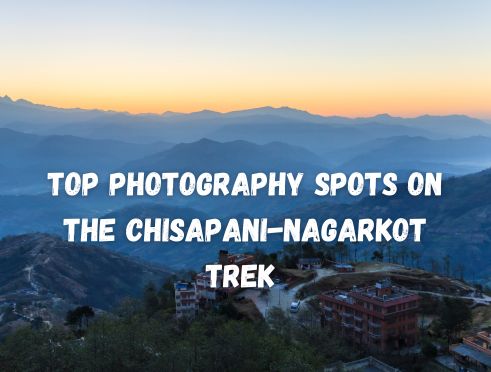
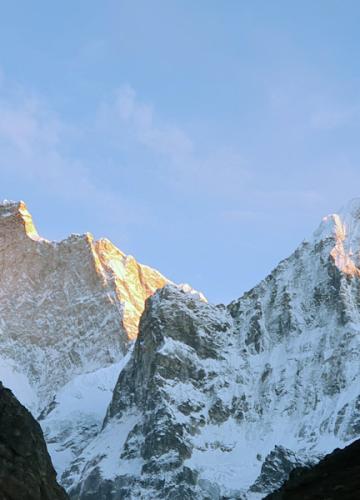
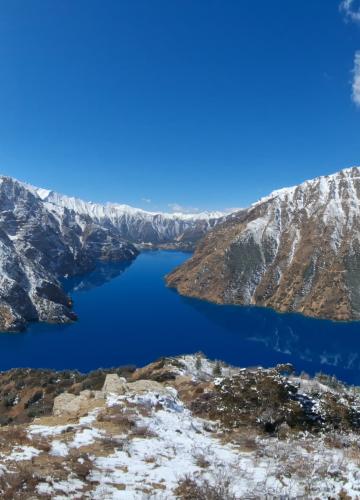
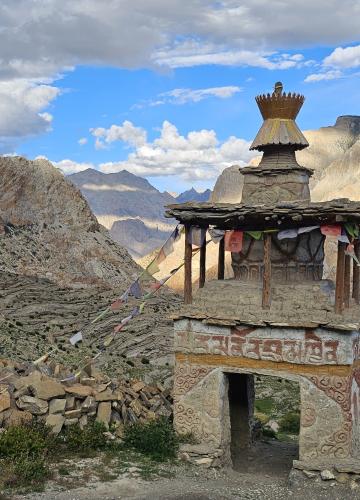
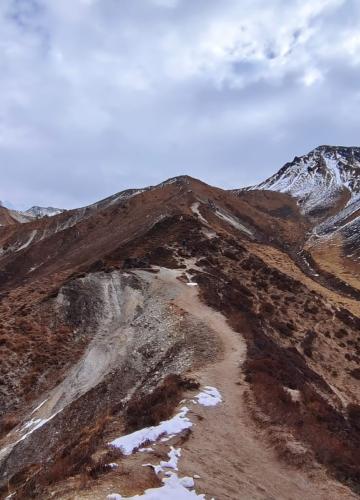
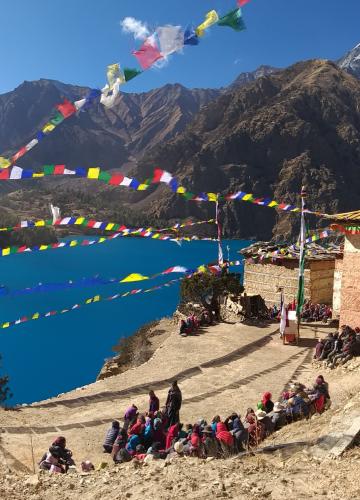
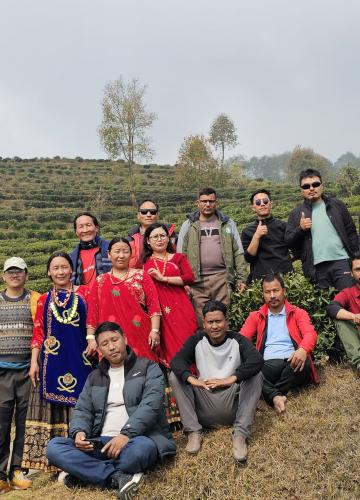

Leave Your Comment